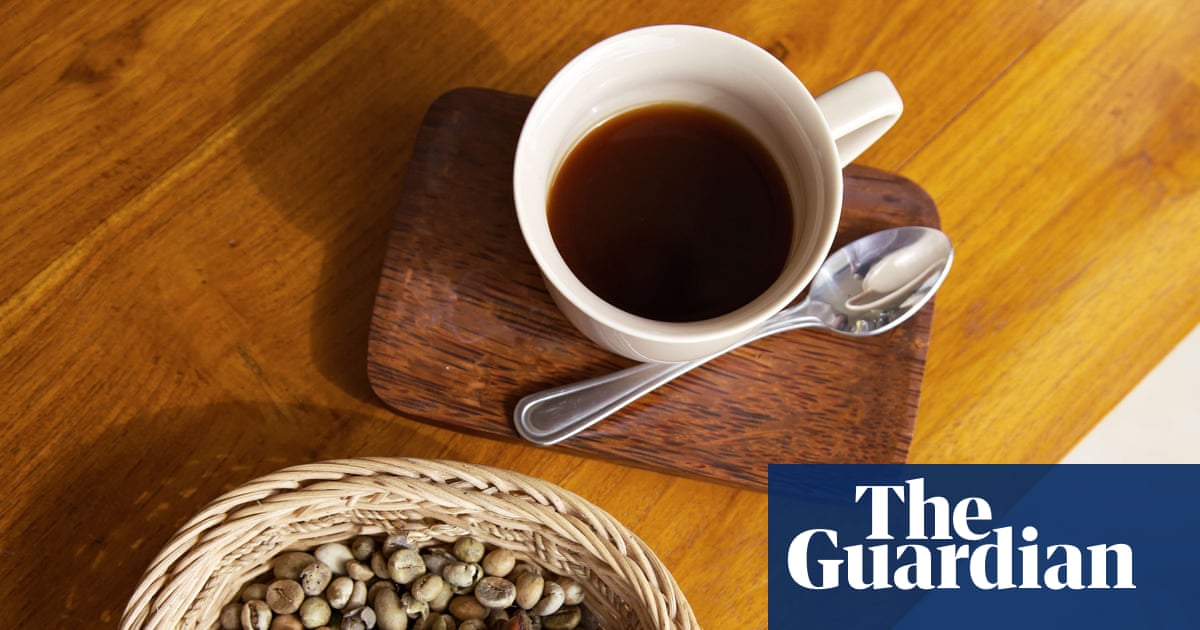I love to cook with wine – sometimes I even put it in the food! So the saying goes, and whenever I see it on a birthday card, driftwood wall-hanging or kooky coaster, I can’t help but make a mental note that I agree.
That said, I haven’t always seen the point of cooking with wine, and particularly of cooking wine. Apparently, the general rule is never to cook with any wine that you wouldn’t drink, so there’s me told, because I used to treat wine merely as a descaler for those tasty burnt bits at the bottom of the pan. No more will I slosh wine I’d sooner thin my nail polish with into casseroles and stews (another reason I’m not the cook in my house, I suppose).
What does wine add to a dish besides its practical use for deglazing? I asked a few gastronomic authorities how best to use the stuff in my cooking, and it turns out it’s an excellent way to use up leftover wine that may otherwise turn into vinegar.
First, what you start with is crucial. The wine shouldn’t be faulty in any way, not least because, while you can burn off the alcohol, you won’t be able to eradicate any further sins, unless you want the unmistakable wet dog aroma of corked wine permeating your meal. Yeugh.
The base principles of what wine to use mirror those of general food pairing: red wine with red meat, white with white meat and fish. Beaujolais for a beef casserole, sauvignon for chicken pot pie. But you can take things a step farther and incorporate wine into the ingredients themselves. Chef-patron of Jikoni and Guardian columnist Ravinder Bhogal uses it to make a compound butter. “I never waste dregs,” she says. “I like to reduce a large glass of leftover wine with a chopped shallot by about two-thirds, then fold it into 250g softened butter, which I then roll into a log of greaseproof paper and keep in the fridge.” And why be bound by the whims of fridge-door wine? You can also stash that in the freezer: simply pour into ice cube trays and use within a couple months.
“I love poaching fruit with wine to go into desserts,” says Adriann Ramirez, head of pastry at Finks in north London. “It works best with delicate fruit, and what wine you use really matters. Red wine pairs well with figs, rosé with the stone fruits and white with pears. Poach on a low heat so you get to keep some of that booziness in the dessert.”
That’s certainly a cut above regular water and sugar. I particularly love using pedro ximénez to poach pears. Sometimes I even put it in the food.
Four wines to put in your cooking
The Long Road Viognier £18.50 Tesco, 13.5%. Adds a fruit-forward roundness to casseroles. Pour yourself a big glass while you cook.
Atlantique Bordeaux Rose Wine £8 Sainsbury’s, 12%. Rosé is an under-rated cooking wine – try it with salmon or peaches.
Silk & Spice Portuguese Red Blend £12 Waitrose, 13.5%. Pour into ragus to add a spicy, sumptuous depth.
Diatomists Pedro Ximénez £19.50 Diatomists, 15%. Get yer pears poached in this coffee-scented sherry that keeps in the fridge for two weeks.

.png) 5 hours ago
8
5 hours ago
8

















































